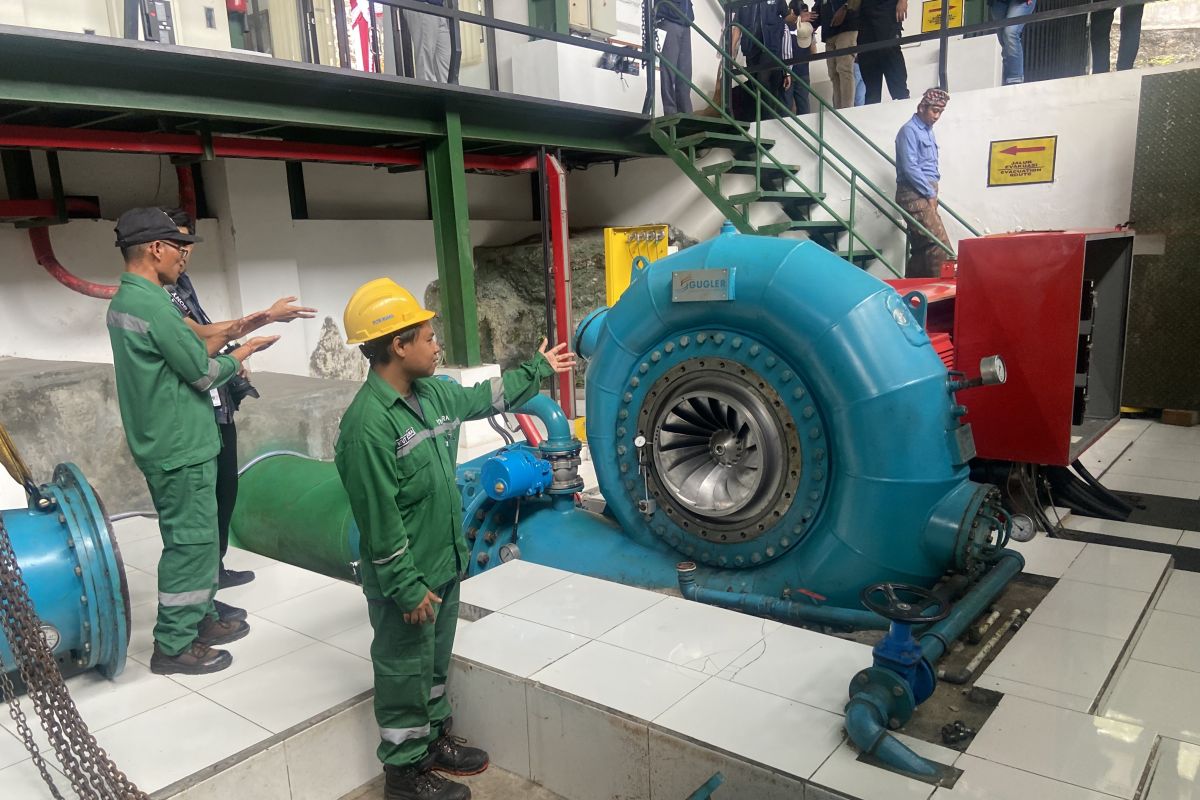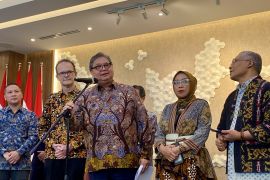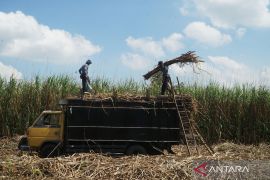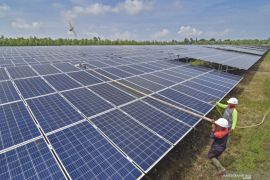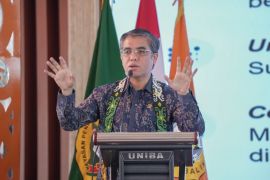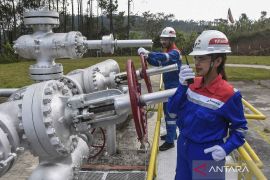Coincidentally, the tourism hotspot, also known as the Island of the Gods, has everything it needs to boost energy self-sufficiency with the help of eco-friendly energy sources such as mini hydropower plants (PLTMH).
Bali’s rural areas, in particular, have abundant water resources that can be tapped for innovative power generation solutions. Unfortunately, not many people recognize this potential.
That said, setting up a PLTMH is not exactly straightforward.
It involves navigating bureaucratic permits, careful economic planning, and finding the right location -- ideally close to a water source with sloped terrain to generate a steady stream of power.
However, a village in northern Bali has managed to do all that and more.
Panji Muara PLTMH
The Panji Muara PLTMH in Sambangan village in the north of Bali was built out of necessity.
Established in 2016, it is the first PLTMH of its kind in the province. Reaching the facility, which is located about a three-hour drive from Bali’s capital, Denpasar, involves navigating forested and hilly terrain.
The power plant’s manager, Ervina Fitriani, said in Buleleng district that water from a nearby river is utilized to fuel generators at the PLTMH, which then supplies much-needed electricity to locals.
Before the PLTMH was built, residents of Sambangan -- most of whom are farmers and ranchers -- struggled to get reliable power supply.
They once relied on traditional water wheels for the purpose. But they were inefficient and outdated.
In their search for a reliable power source, the future founders of the plant eventually stumbled upon the untapped potential of the Tiyingtali River.
The realization that the river’s water could support a more modern and efficient power generation method sparked a rigorous wave of research and planning.
Once the hydropower potential was confirmed, they manoeuvred several layers of bureaucratic procedures.
This involved multiple trips to Jakarta to meet with stakeholders and obtain the necessary electricity supply business permit (IUPTL).
After securing the permit, they held negotiations with state electricity firm PLN to fix a price for the electricity generated at the plant. Today, it is set at Rp1,100 (US$0.06) per kilowatt-hour (kWh).
The installation of the power plant was anything but easy.
The founding team had to navigate dark forests and steep hills to reach the river, import equipment from Austria, and even enlist the help of soldiers to get the job done.
They eventually succeeded in building a primary pond that can store up to 850 cubic meters of water at an elevation of 858.5 meters above sea level.
Before the water reaches the reservoir, it goes through two filtering processes to remove any waste or debris.
The water is then directed to the generator room through 526-meter-long pipes, each 1,200 millimeters in diameter, laid on a slope to ensure a steady and reliable flow.
Inside the generator room, two turbine generators with a capacity of 2,300 kilowatts are ready to convert flowing water into electricity.
This green electricity is then routed through two transformers, each with a capacity of 1,600 kilovolt-amperes, before being fed into PLN’s grid.
The water is then returned to the river. While its volume remains unchanged, the water that flows back to the river is cleaner thanks to the double filtration process.
The Panji Muara PLTMH now operates around the clock and can produce up to 23,000kWh of power. However, its output depends on the water level in the Tiyingtali River, which tends to drop during the dry season.
Addressing challenges
The perks of having a power plant come with their fair share of challenges. For one, drought is a constant threat since it can lead to weak and unreliable water flow.
In 2020, the Panji Muara PLTMH nearly shut down due to low water levels that persisted throughout the year. Fortunately, water levels at the Tiyingtali River bounced back, allowing the plant to continue living up to expectations to this day.
The team also faced both navigational and land-related hurdles. Building the PLTMH meant pushing through rough and hard-to-reach terrain.
Land also had to be cleared for the facility, which involved negotiating and providing compensation to locals who owned the land.
Locals' reception
The PLTMH project initially received pushback from Sambangan villagers.
According to the Public Works and Spatial Planning Office of Buleleng, locals were concerned that the power plant’s operation would divert the water they rely on for irrigation and daily use.
After a year of outreach and education, the villagers eventually warmed up to the project, recognizing its vital role in supporting the life of their community.
Thanks to the plant, PLN is now able to provide electricity to the entire village -- ensuring that no household is left in the dark.
Besides lighting up Sambangan village, the PLTMH has had a direct impact on the local economy. For one, 98 percent of its operators are young people from the village.
The filtered water used in the power generation process is even repurposed for a local bathing area, which has boosted tourism in the region.
Putu Mudita, a 29-year-old resident, said that the PLTMH has brought countless benefits to the village.
The power plant has also saved him the trouble of maintaining the old-fashioned water wheels, which were inefficient and barely saved costs.
Data from the Institute for Essential Services Reform (IESR) shows that 31 locations across Bali have the potential to replicate the success of Panji Muara, with a combined projected output of 82.54 megawatts.
One of these sites is Ayung River in Karangasem district, which is currently best known for supporting tourism activities like rafting.
It is only natural that this finding should prompt both the government and the public to pay closer attention to the untapped potential of Bali’s rivers and the importance of managing them wisely.
Unlocking the power potential of the 31 sites could help enhance Bali’s energy security while also advancing Indonesia’s broader push for a clean energy transition.
Related news: Building clean energy sufficiency in Nusa Penida
Related news: Bali needs geothermal power to avoid future outages: official
Translator: Ni Putu, Tegar Nurfitra
Editor: Primayanti
Copyright © ANTARA 2025
